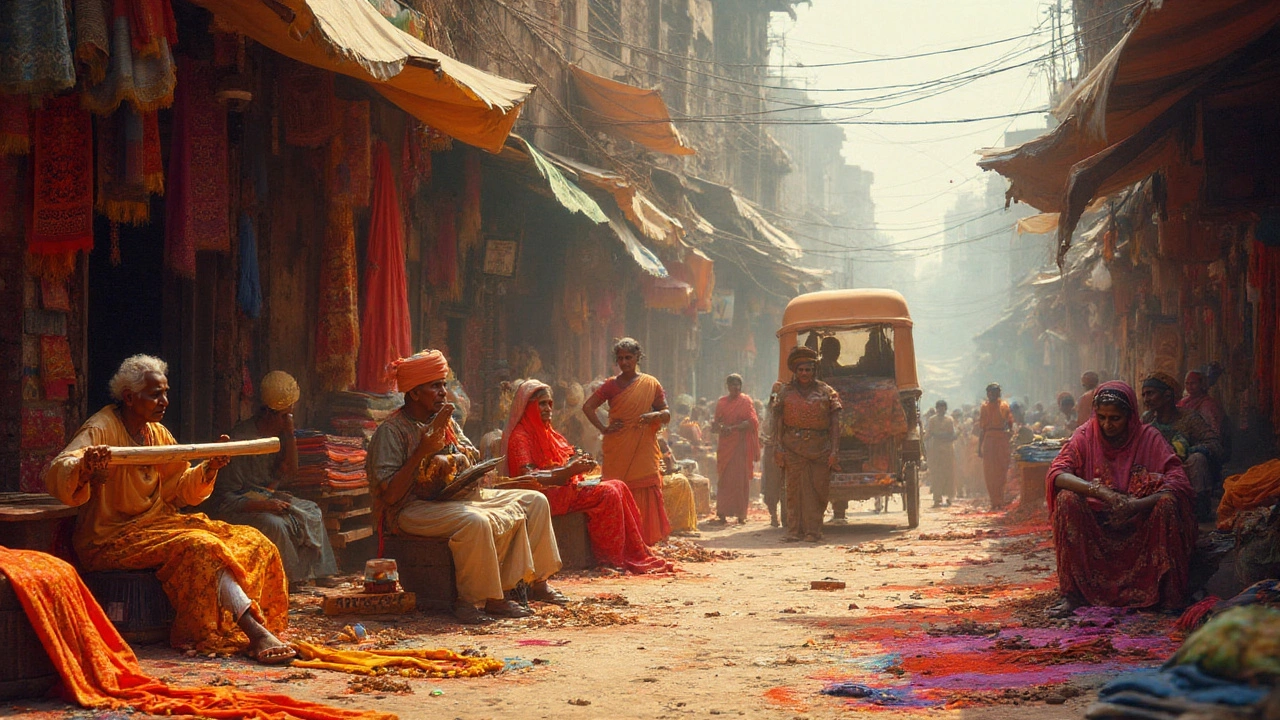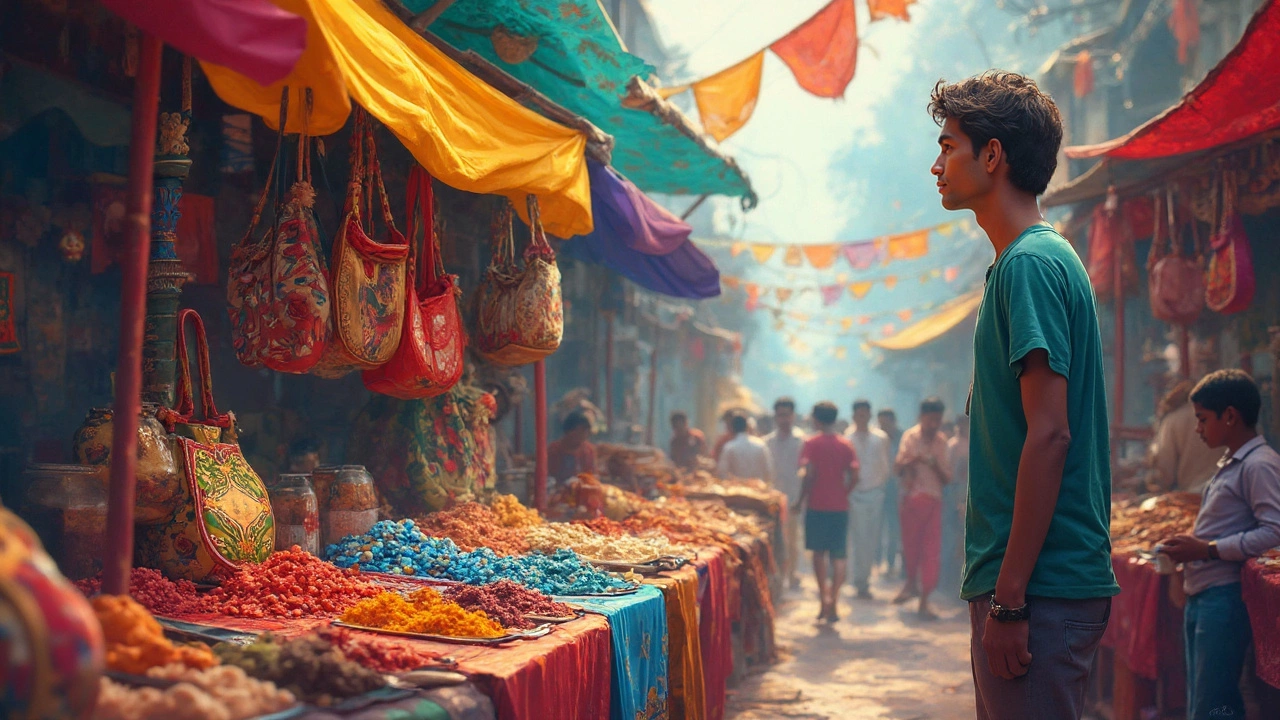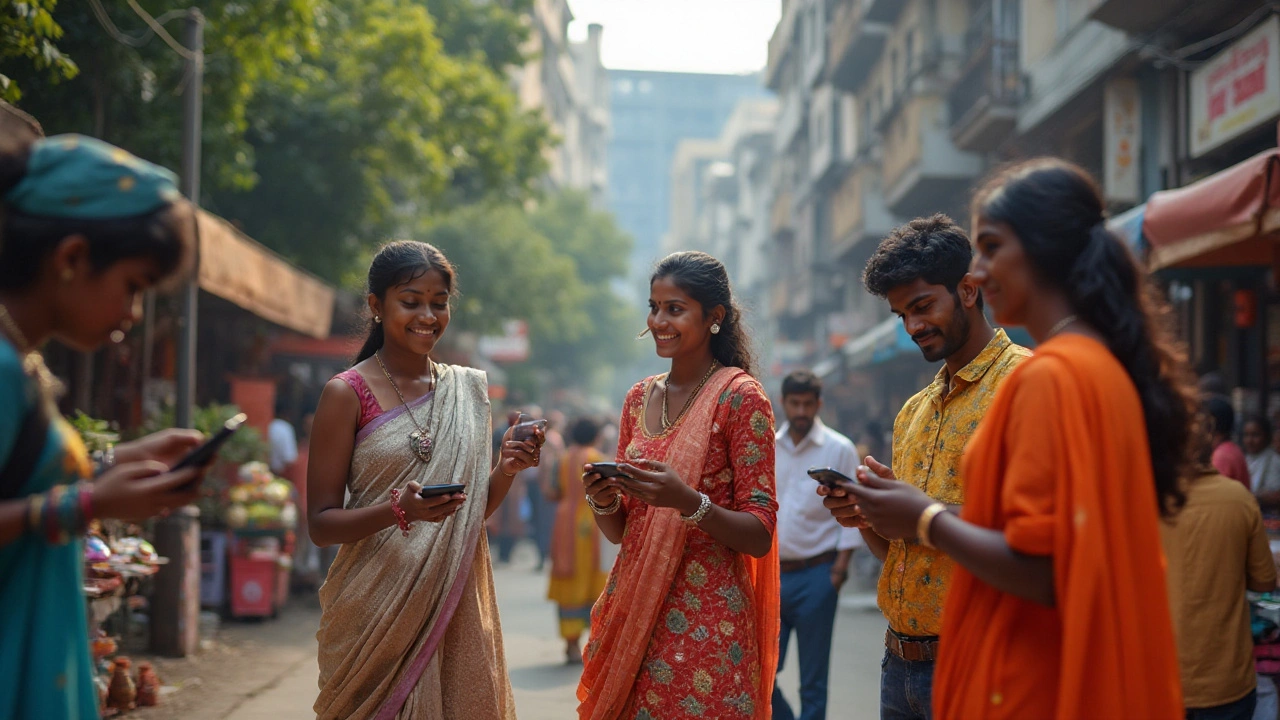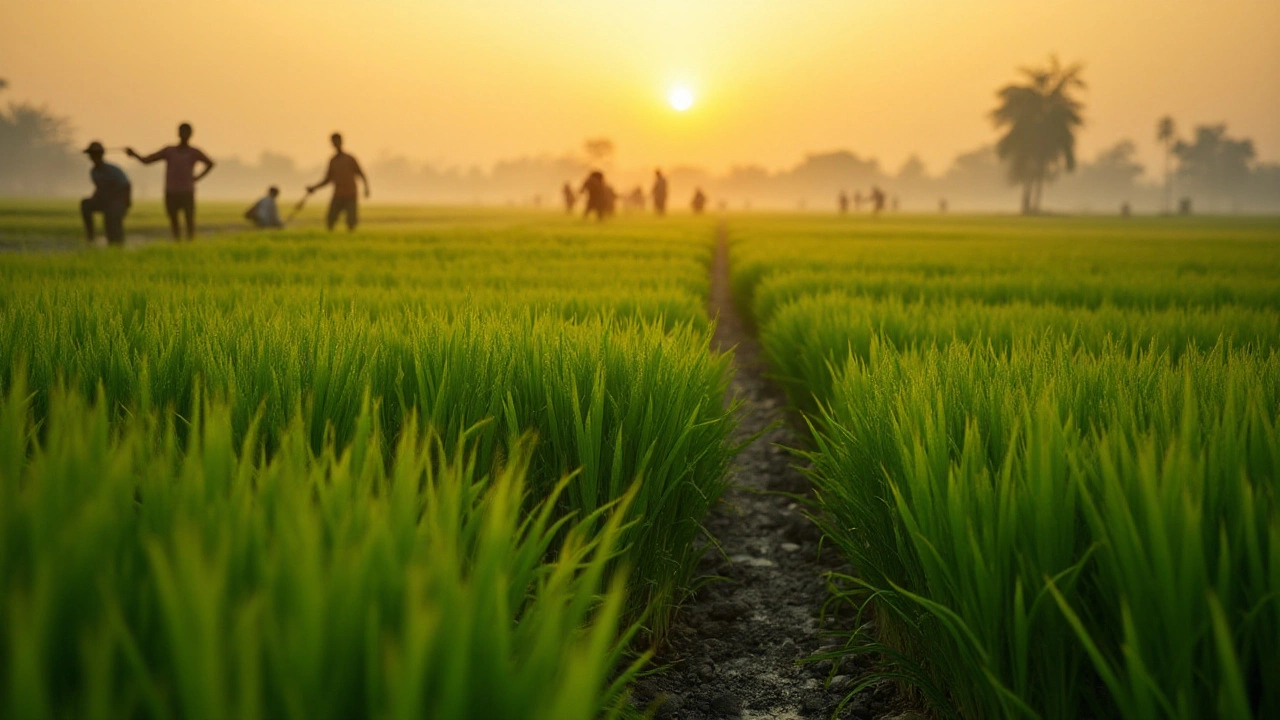Fabric in India: Materials, Manufacturing, and Market Trends
When talking about fabric in India, the range of textiles produced across the country, from traditional cotton cloth to high‑tech synthetic blends. Also known as Indian textiles, it shapes everything from everyday clothing to export‑grade fabrics. Cotton, a natural fiber that dominates Indian textile farms is the backbone of many local mills, while manufacturing, the set of processes that turn raw yarn into finished fabric brings together weaving, dyeing, and finishing in a single supply chain. The sector also leans on plastic, synthetic polymers used for blends, coatings, and technical fabrics to meet modern performance demands. Together, these entities create a vibrant ecosystem where fabric in India encompasses natural fibers, industrial processes, and emerging material innovations.
Key Players and Materials Shaping the Landscape
India’s cotton production accounts for roughly 30% of the global output, making it a crucial input for both domestic and export markets. The cotton’s high absorbency and breathability fuel demand for apparel, home textiles, and medical fabrics. Moving downstream, the manufacturing stage adds value through techniques like ring‑spinning, warp knitting, and digital printing, each influencing fabric weight, texture, and colorfastness. Meanwhile, plastic polymers such as polyester and polypropylene are blended with cotton to improve durability, wrinkle resistance, and moisture management—features prized by fast‑fashion brands and sportswear producers. These blends illustrate the semantic triple: fabric in India requires manufacturing that incorporates plastic for enhanced performance. Additionally, the rise of sustainable practices pushes manufacturers to recycle plastic waste into new fibers, linking environmental goals directly to product development.
Beyond raw materials, the Indian textile industry—often called the queen of textiles—drives employment and regional growth. Factories in states like Gujarat, Tamil Nadu, and West Bengal illustrate how local economies benefit from fabric production, creating jobs from farm labor to design studios. The sector’s influence extends to related fields such as garment design, logistics, and retail, forming a network where each node reinforces the others. As you scroll down, you’ll find articles that dive deeper into specific topics: water‑wise irrigation for cotton fields, the economics of high‑paying factory jobs, and the demand forecasts for plastics in 2025. Together they paint a full picture of how fabric in India is more than cloth—it’s a driver of innovation, sustainability, and economic vitality.
Indian States Famous for Fabric: A Deep Dive into Textile Heritage
Discover the Indian states most iconic for fabric, explore their textile heritage, unique materials, and practical tips to experience India's vibrant fabric industry.
- manufacturing
- India
- food processing
- garden tips
- rice cultivation
- government schemes
- balcony garden
- urban gardening
- balcony gardening
- profitable business
- business ideas
- plastic manufacturing
- drip irrigation
- plant care
- steel manufacturing
- sustainable gardening
- startup ideas
- steel industry
- flower gardening
- textile manufacturers






